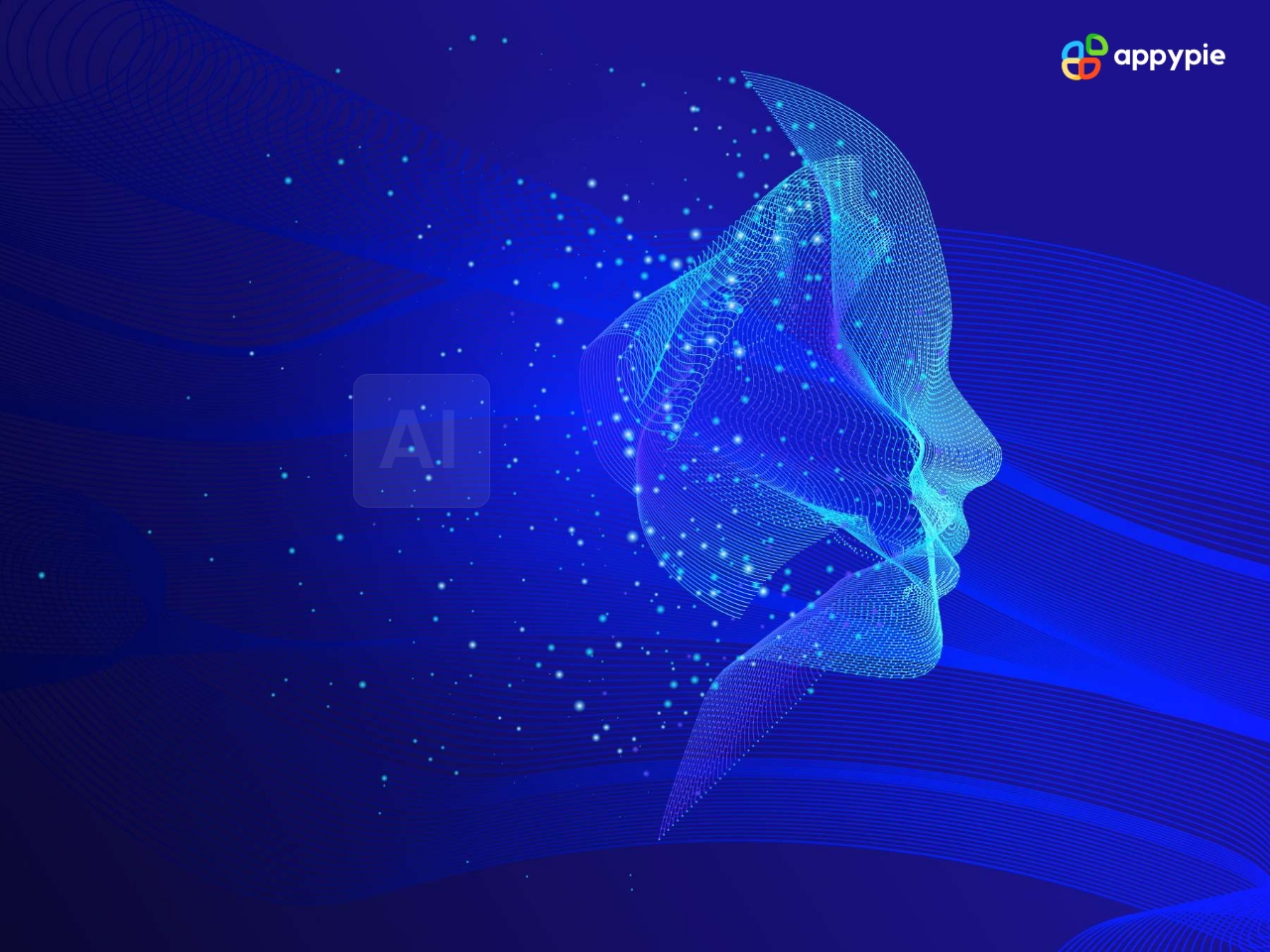In today's world, where digital presence is almost as important as the physical one, creating a website has become a necessity for everyone from business owners to hobbyists. It's a platform where you can showcase your work, share information, or sell products to a wider audience. However, a common concern is the time investment required to get a website up and running. You might wonder, "How long does it take to build a website?" The answer varies, but with advancements in website builders and technology, launching your own site is faster and easier than ever before. Utilizing user-friendly platforms can significantly shorten the process, allowing you to establish your online presence without getting bogged down in technical details.
How Long Does it Take to Build a Website?
The time it takes to build a website can vary greatly, ranging from just a few minutes to several months. If you're looking to create a website in minutes, there are user-friendly tools available that can help you build a website for free using pre-designed templates. However, if you desire a more customized and unique online presence, the process may take longer. For those seeking a quick solution, many platforms offer intuitive drag-and-drop interfaces, allowing you to easily customize a web template and have your site up and running in a matter of minutes. But if you want a truly distinctive website tailored to your specific needs, be prepared to invest more time and effort into the design and development process.
Here are three basic factors that determine how long it takes to create a website:
- DIY vs. Developer
- Learning Curve: Tackling web development DIY-style demands learning time, which can lengthen the project timeline. Budget Considerations: While DIY minimizes upfront costs, hiring a developer is an investment that can yield professional results more rapidly.
- Quality and Complexity: A developer can deliver a high-quality, complex site with custom functionality that might be beyond the reach of DIY.
- Time to Market: A professional can work efficiently to meet tight deadlines, essential for businesses with time-sensitive launches.
- Ongoing Support: Developers often provide maintenance and support, a crucial consideration for long-term website health and performance.
- Static vs. Dynamic
- Development Skills Required: Static sites require basic coding knowledge, whereas dynamic sites need advanced programming and database management skills.
- Interactivity and User Experience: Dynamic sites offer a tailored user experience with interactive elements, unlike static ones.
- Content Management: Updating content on dynamic sites can be easier through CMS, while static sites might require manual updates.
- Scalability and Flexibility: Dynamic websites are more scalable and can be updated easily to accommodate growing business needs.
- Initial Setup and Maintenance: Dynamic sites require more complex setup and ongoing maintenance, impacting development time and costs.
- Available Resources
- Time Investment: Full-time dedication to the project can expedite development, while part-time attention may extend the timeline.
- Financial Resources: More funds allow for hiring experienced professionals and investing in premium tools, speeding up the development process.
- Access to Expertise: Having skilled individuals or the ability to hire expertise can dramatically decrease development time.
- Technology and Tools: Leveraging advanced technologies and efficient website building platforms can streamline the development process.
- Effective Planning: Proper planning and resource allocation can prevent project delays, ensuring a smoother development journey.
The decision to build your website yourself or to hire a developer is pivotal and impacts not just the timeline but the quality and complexity of the final product. For novices in web development, the DIY path offers a deep dive into the intricacies of website building but can be time-consuming. On the flip side, enlisting a developer can streamline the process significantly, albeit at a higher financial cost.
Key Points:
The nature of your website—whether it's static or dynamic—plays a crucial role in determining the development timeline. Static sites, simpler and made with basic web technologies, can be quickly launched. Conversely, dynamic websites, with their need for server-side coding and database interactions, demand more time and expertise, offering advanced functionality and interactivity in return.
Key Points:
The scope and speed of website development are significantly influenced by the resources you can allocate to the project, including time, technical skills, and budget. Having ample resources allows for a quicker development process, while limited resources can necessitate compromises in project scope or timeline.
Key Points:
How Long Does it Take to Build a Website Using Appy Pie’s Website Builder?
Building a website with Appy Pie’s AI web builder is a remarkably straightforward process. With its user-friendly interface, intuitive website templates and drag-and-drop functionality, even beginners can design and launch a professional-looking website in no time. The duration can vary, but many users can create their site within a day, depending on the complexity and depth of the content they wish to include.
Now it's time to learn how to make a website with Appy Pie:
Step 1: Choose Your Website's Name and Theme
Begin by deciding on a name for your website that reflects its purpose. Then, pick a suitable category that aligns with your content and select a color scheme that is visually attractive. This initial step lays the foundation for your website's identity and aesthetic appeal.
Step 2: Integrate Essential Features
Integrate essential features and pages into your website, enhancing user experience and fulfilling objectives without coding expertise. Also personalize your website's design to match your vision, connecting it to a chosen domain name for online presence.
Step 3: Test & Publish
This step involves the final step of launching your website. Begin by thoroughly testing its functionality and performance. Once you're confident in its readiness, proceed to officially launch your website, making it available for public access.
By following these steps, and with the guidance of Appy Pie experts, you can create a professional and effective website that showcases your expertise and attracts clients to your business.
How Long Does it Take for a Professional Developer to Build a Website?
If you choose to hire a professional website designer or development agency, the timeline for building your website can vary significantly based on the project scope, complexity, and the expertise of the developers involved. A simple website might take a few weeks, while a more complex website could take several months to complete. This is because a professional designer will take the time to understand your needs, create a unique design, and then code the website from scratch. They can also help with website hosting and securing a domain.
Here’s a breakdown of the timeline:
- Define Your Purpose (One to Two Weeks):
- Finding a Developer (One to Four Weeks):
- Outlining Your Needs (One to Three Weeks):
- Designing Mockups (One to Three Weeks):
- Main Development (One to Two Months):
- Final Review (One to Two Weeks):
This is the initial phase where you define the purpose of your website, its target audience, and its goals. It’s a crucial step that guides the rest of the development process.
This involves researching and interviewing potential developers or agencies. You’ll want to find someone who understands your vision and has the skills to bring it to life.
In this phase, you’ll work with the developer to outline the specific features and functionality your website needs. This could include things like e-commerce capabilities, a blog, or a contact form.
The developer will create mockups of your website, which are essentially blueprints of what the final site will look like. This gives you a chance to visualize the end product and make any necessary changes.
This is where the developer will actually build your website, coding the design and adding the features you’ve outlined.
Once the website is built, you’ll review it to make sure everything works as expected. This is your chance to catch any bugs or issues before the site goes live.
Remember, these timelines are just estimates and the actual time it takes can vary depending on a variety of factors. It’s always best to plan ahead and allow for flexibility in your timeline.
Conclusion
In conclusion, the time it takes to build a website can vary greatly depending on the method you choose. Whether you decide to use a website builder or hire a professional designer, it’s important to plan ahead and understand the time commitment involved. Building a website is not just about getting it up and running, but also about maintaining it and keeping it up-to-date. The duration it takes to build a website really depends on your specific needs and resources. Remember, the journey of building a website is just as important as the end result.
Related Articles
- Airtable vs. Google Sheets: Which One is Better for You?
- DreamScene4D: Dynamic Multi-Object Scene Generation from Monocular Videos
- Customer Support vs. Customer Service: A Comparison
- How to Effectively Quote Messages in Replies Using Slack
- 11 Best Chatbot Software for Enterprise Businesses
- Stylus: Automatic Adapter Selection for Diffusion Models
- How to Make a Dialogflow Chatbot? A Beginner’s Guide
- Best Autotask Integrations for IT Service Management Efficiency
- Discover the Meaning of Shapes in Design
- CRM Managers: Roles, Skills, Salary, and Best Practices

